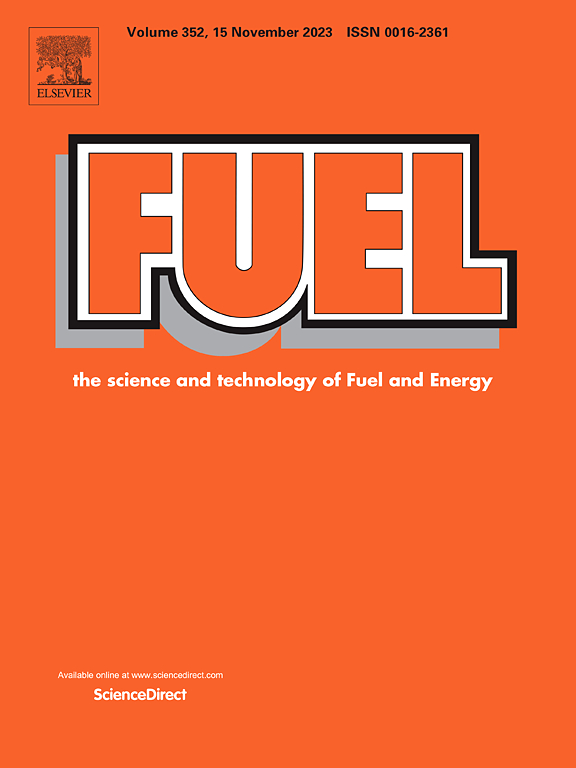Structural evolution during processing of raw and refined coal tar pitch to mesophase pitch for needle coke
IF 6.7
1区 工程技术
Q2 ENERGY & FUELS
引用次数: 0
Abstract
To prepare needle coke (NC) with superior performance, refined coal tar pitch (RCTP) with a low quinoline insoluble (QI) content prepared via high-speed centrifugation of CTP/mixed solvent solution was used as a raw material, and mesophase pitch (MP) was prepared via a one-step polycondensation method. The impact of temperature on the structure and properties of the products derived from CTP and RCTP was examined. The results indicated that the interlayer spacing and microcrystalline structure of MP derived from CTP and RCTP initially decreased and then increased with the increasing temperature, as the structure evolved from highly aromatic CTP molecules toward a graphitized structure. Polarized light microscopy further revealed that MP produced from CTP consisted of large particles, making it difficult to form a sheet-like structure. In contrast, RCTP exhibited excellent performance at 430°C, forming large-area sheet-like structures with good orientation and broad streamlined structures. However, the structure was damaged at 450°C leading to the formation of many irregular structures. NC produced from the MP with the most optimized microcrystalline structure had the lowest average resistivity, measured at 142.16 μΩ m. To further investigate the pyrolysis behavior of RCTP, in-situ pyrolysis vacuum ultraviolet single photon ionization time-of-flight mass spectrometry was used to study the thermal reaction process of RCTP. The results showed that some volatile substances were directly released from RCTP forming compounds such as benzene, naphthalene, and anthracene at lower temperatures. At higher temperatures, RCTP underwent condensation and aromatization, generating substances with higher aromaticity, increased crystallinity, and a more compact microcrystalline structure, forming larger aromatic ring structures and eventually transforming into MP. MP underwent cross-linking reactions with further heating, gradually progressing towards carbonization into forming a layered graphite structure.

求助全文
约1分钟内获得全文
求助全文
来源期刊

Fuel
工程技术-工程:化工
CiteScore
12.80
自引率
20.30%
发文量
3506
审稿时长
64 days
期刊介绍:
The exploration of energy sources remains a critical matter of study. For the past nine decades, fuel has consistently held the forefront in primary research efforts within the field of energy science. This area of investigation encompasses a wide range of subjects, with a particular emphasis on emerging concerns like environmental factors and pollution.
 求助内容:
求助内容: 应助结果提醒方式:
应助结果提醒方式:


